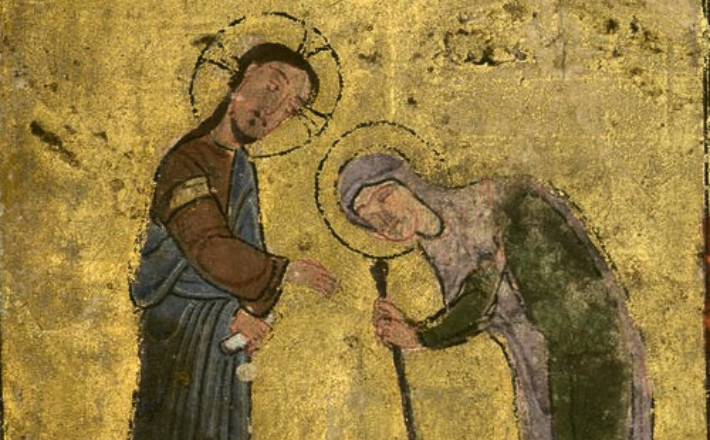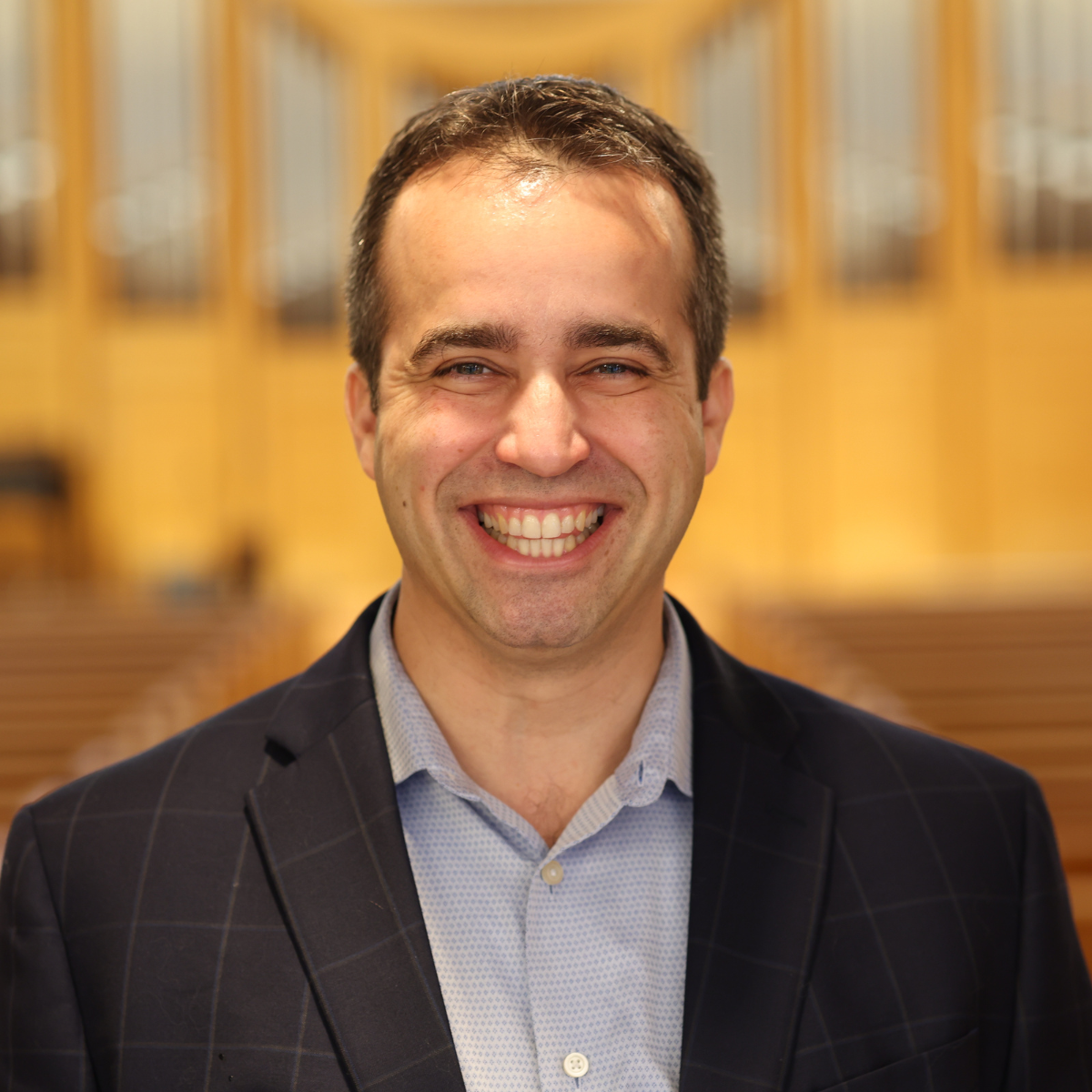Commentary on Luke 13:10-17
In a world that struggles to pay attention, one does not have to work hard to be unnoticed. A toddler vies for the attention and affection of her parents. She turns her distracted father toward her, saying, “Look. Look. Me. Me.” In a home with a dozen devices, she pines after their undistracted attention. A middle-aged man walks into a break room at work and sits down with his coworkers. They do not acknowledge him; neither do they invite him to join the conversation. He is with them, but he is alone. A teenage girl posts a selfie on social media. None of her friends click “like” or write comments. Their silence is deafening. Perhaps they want to send her a message without sending her a message. She barely sleeps.
Almost no one chooses to feel invisible or unseen. Yet, for those who have felt this way or have been made to feel this way, you are not alone. The woman in Luke 13:10–17, the one bent over for 18 years, understood the pain of invisibility all too well. She knew it better than most.
She had a chronic disability in a time and place when a significant percentage of religious people associated her disability with God’s judgment. Before rushing to judge them, remember that 2,000 years later, many Christians still abide by the same unhelpful beliefs and theologies.
The woman also faced challenges on account of living in a patriarchal society. At the risk of oversimplifying the matter, she lived in a society in which the voices, needs, and rights of men were usually privileged, and the voices, needs, and rights of women were usually ignored.
Add to this the chronic pain that she must have felt every day, all the time. More than one biblical commentator believes she had a condition known as spondylitis ankylopoeietica, a fusion of the bones in the spine that created ongoing stiffness, inflammation, fatigue, and acute pain.
She endured two types of pain: the intense psychological pain of being rendered invisible and the torturous physical pain of having a debilitating condition. We do not know whether she suffered silently or loudly, but we do know that she suffered greatly.
Even so, Luke 13 tells us there is one near to her who sees things differently. More important to the story, he sees people differently. He encounters her after concluding his Sabbath teaching. Women were not permitted inside the sanctuary of the synagogue at that time, so he had to seek her out and break with custom. According to New Testament commentator James R. Edwards, “People with physical deformities were expected to remain socially invisible, especially if they were women. Women rarely if ever approached rabbis, nor did rabbis as a rule speak to women.”1
Jesus sees this woman when no one else does. Verse 12 says as much: “When Jesus saw her …” Throughout his ministry, Jesus had his eyes trained to see those who were forgotten, left out, and unnoticed by others. Perhaps this way of seeing is what inspired the apostle Paul to exclaim to the Corinthians, “From now on, therefore, we regard no one from a human point of view [literally, according to the flesh], even though we once knew Christ from a human point of view; we no longer know him that way” (2 Corinthians 5:16).
As great as it is that Jesus sees her, he does more. He acts to bring about the transformation she seeks. According to verse 12, he also “called her over.” The God who sees us is the God who calls us. She had been outside the synagogue, and he invited her in; on the periphery, and he brought her to the center; invisible at one moment, and he called her the next.
Jesus lays his hands on her to heal her. The imagery of laying on hands to heal occurs throughout the Gospel of Luke (4:40; 5:13; 8:54; 13:13). He also offers her words of life: “Woman, you are set free from your ailment,” he declares (verse 12). Through words and acts of healing, he sets her free. What a beautiful pattern! Jesus sees her, calls her, lays hands on her, speaks to her, and frees her.
However, not everyone rejoices at the pattern that unfolds. Jesus has healed on the Sabbath. The synagogue leader responds with indignation when he sees what has happened (verse 14).
Jesus does not spare him or mince words. He calls this man and others like him “hypocrites” (plural). He unleashes a classical rabbinical Qal wahomer2 argument: If one is willing to unbind an ox on a Sabbath day to give it water, how much more should you be willing to unbind a woman who was bound for 18 years? An animal, yes, but a person, no? One day? What about 18 years?
Jesus sees past our customs and procedures to a person in need, one whom he sees as “a daughter of Abraham” (verse 16). She is the only woman who gets this title in the Gospel of Luke. Jesus calls Zacchaeus a “son of Abraham” in Luke 19:9. It is curious that he gives sacred titles to two religious outsiders. In Luke 3:8, John the Baptist declared to the people that if they did not hear and heed, then God would “raise up children to Abraham” from the stones instead.
For those who are religious or who like being religious about their religiosity, remember: When you do not see others, Jesus confronts you. The church is not meant to be a country club, a health spa, or a gated community but, rather, a place where those who are seen and freed by God are empowered to see others with eyes of faith.
For those who know what it is like to feel invisible or unnoticed in a world that struggles to pay attention, remember: When others do not see you, Jesus sees you. Those whom Jesus sees, Jesus frees. Like the woman in Luke 13, you too can stand up straight.
Notes
- James R. Edwards, The Gospel According to Luke, The Pillar New Testament Commentary (Grand Rapids, MI: Eerdmans, 2015), 330.
- Cambridge University Press, “The Qal Va-Ḥomer Argument in the Old Testament,” Cambridge Core, December 24, 2009, https://tinyurl.com/2ym965dp.


August 24, 2025